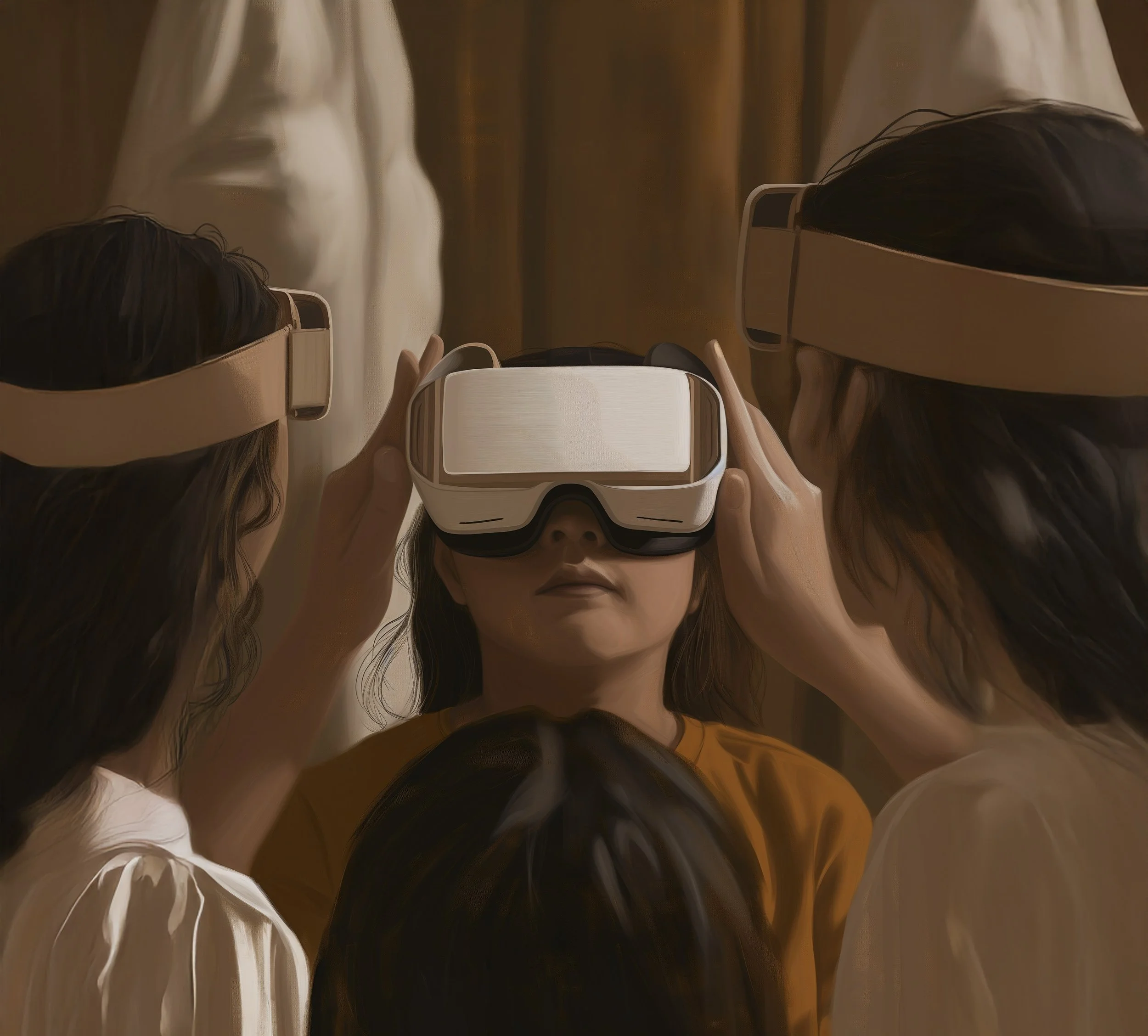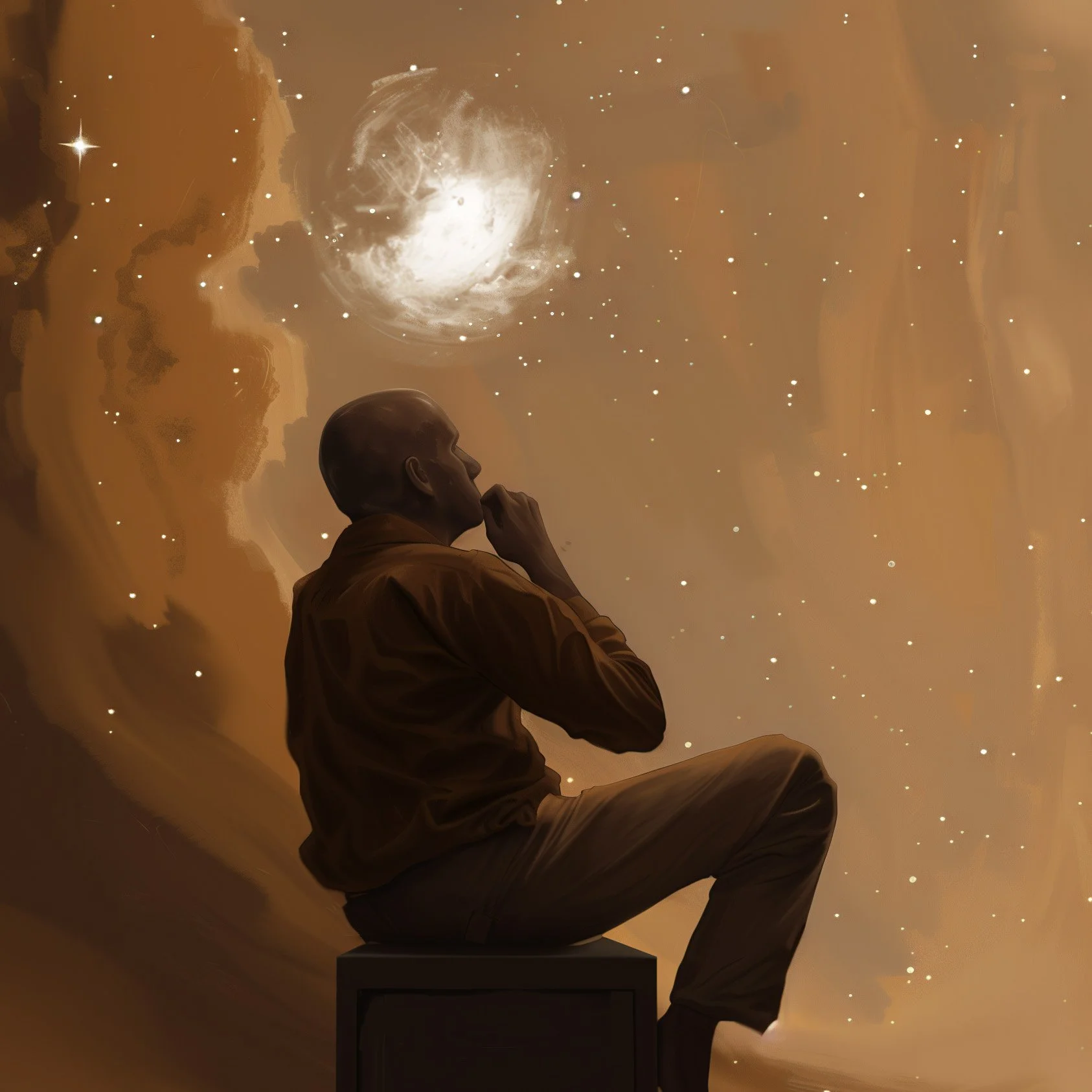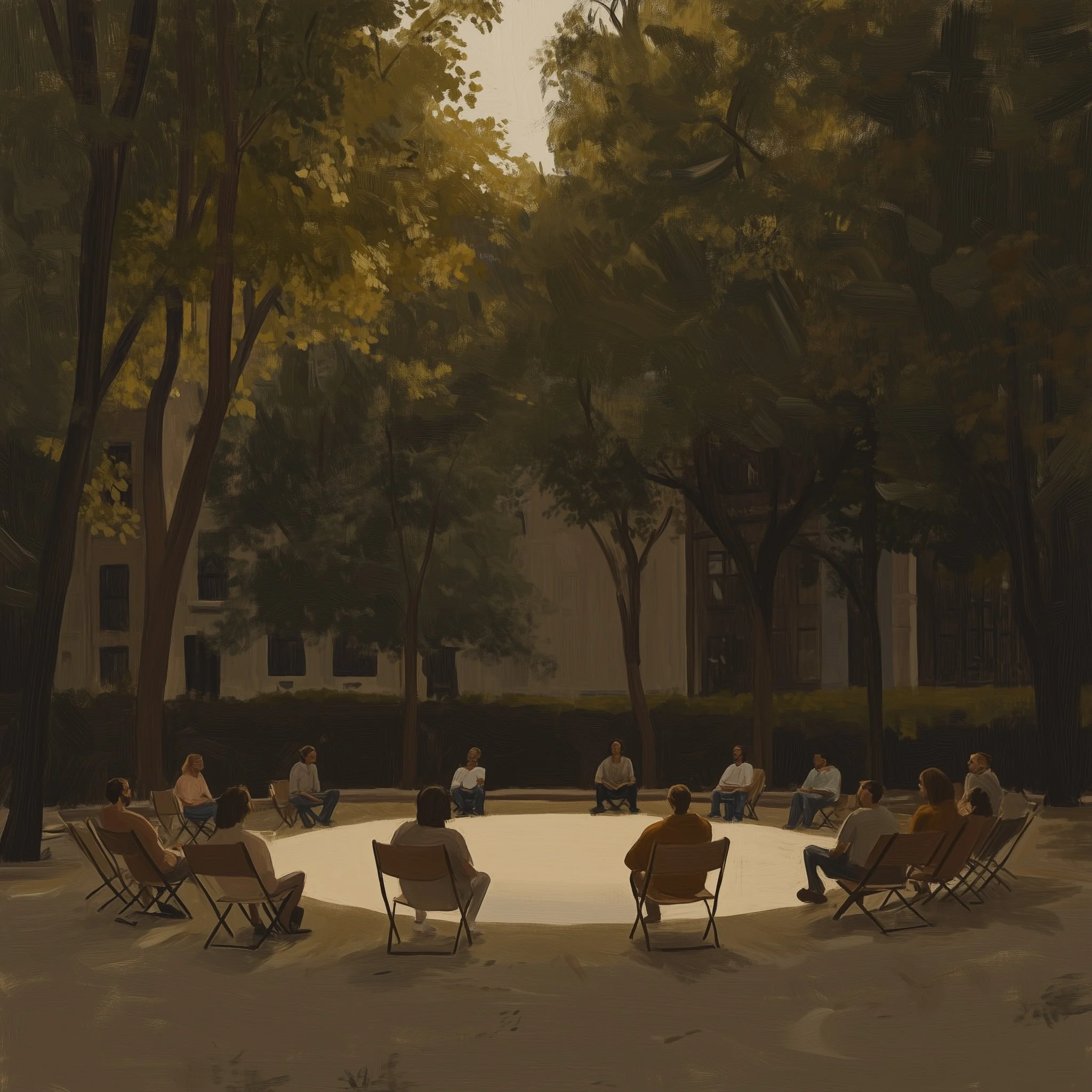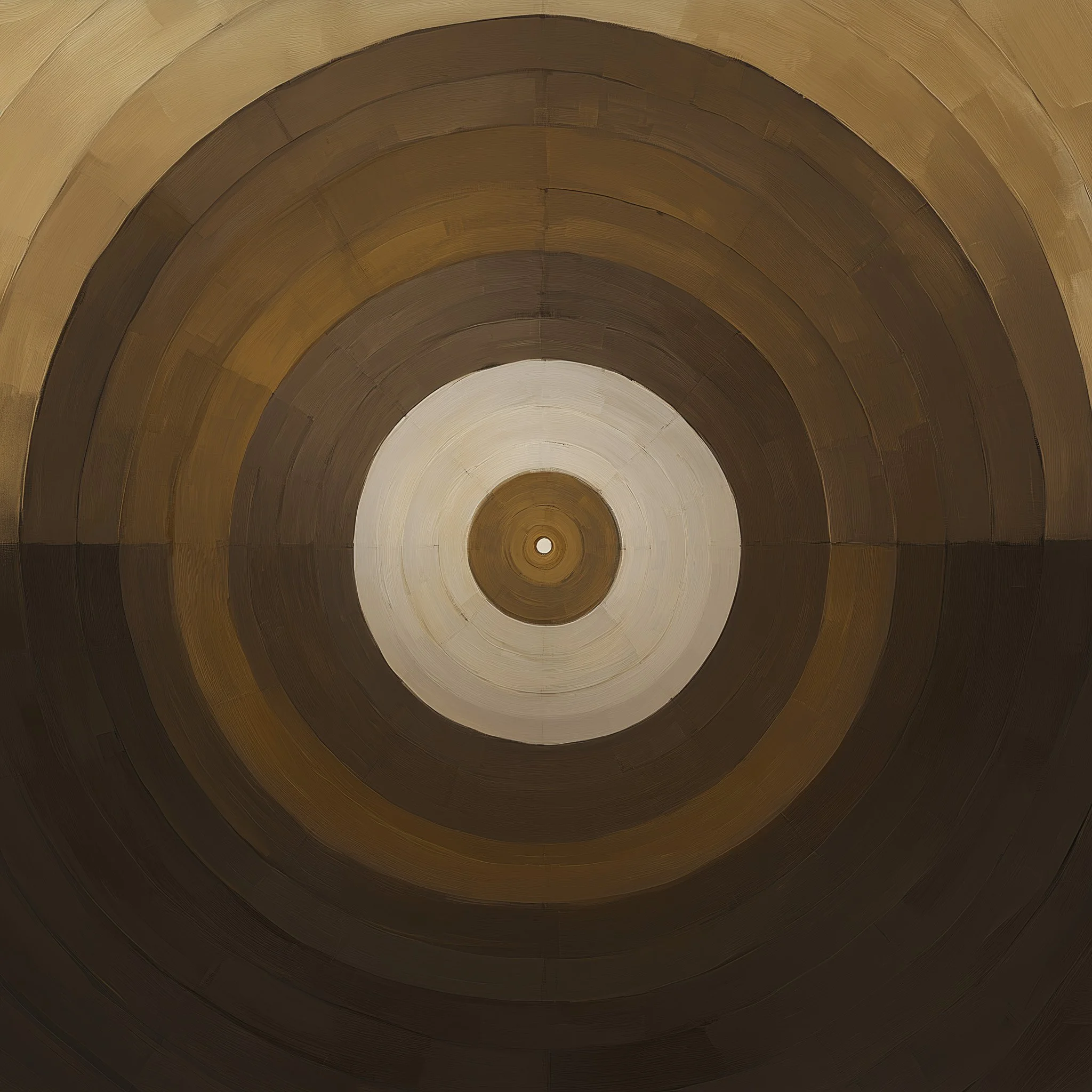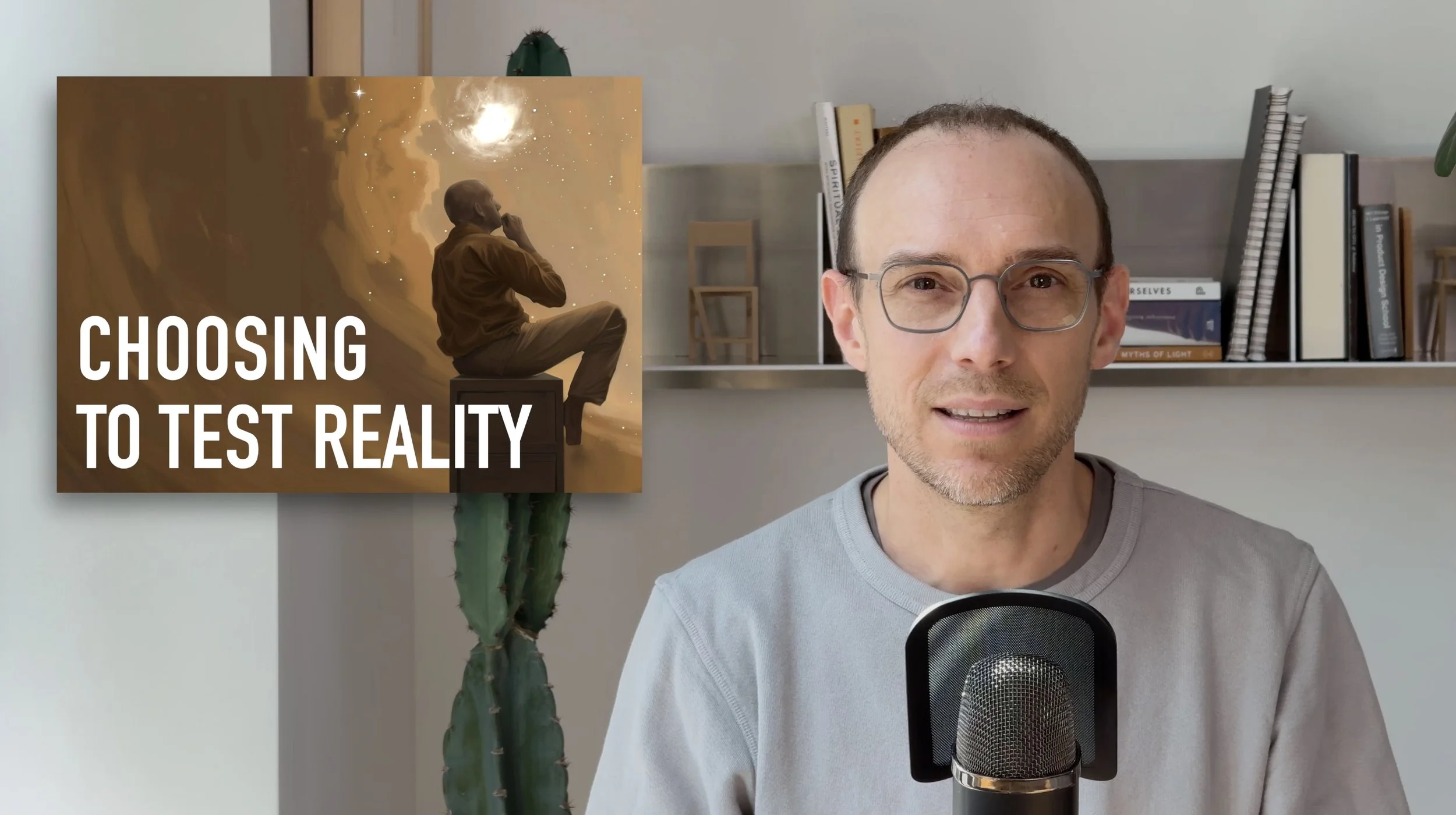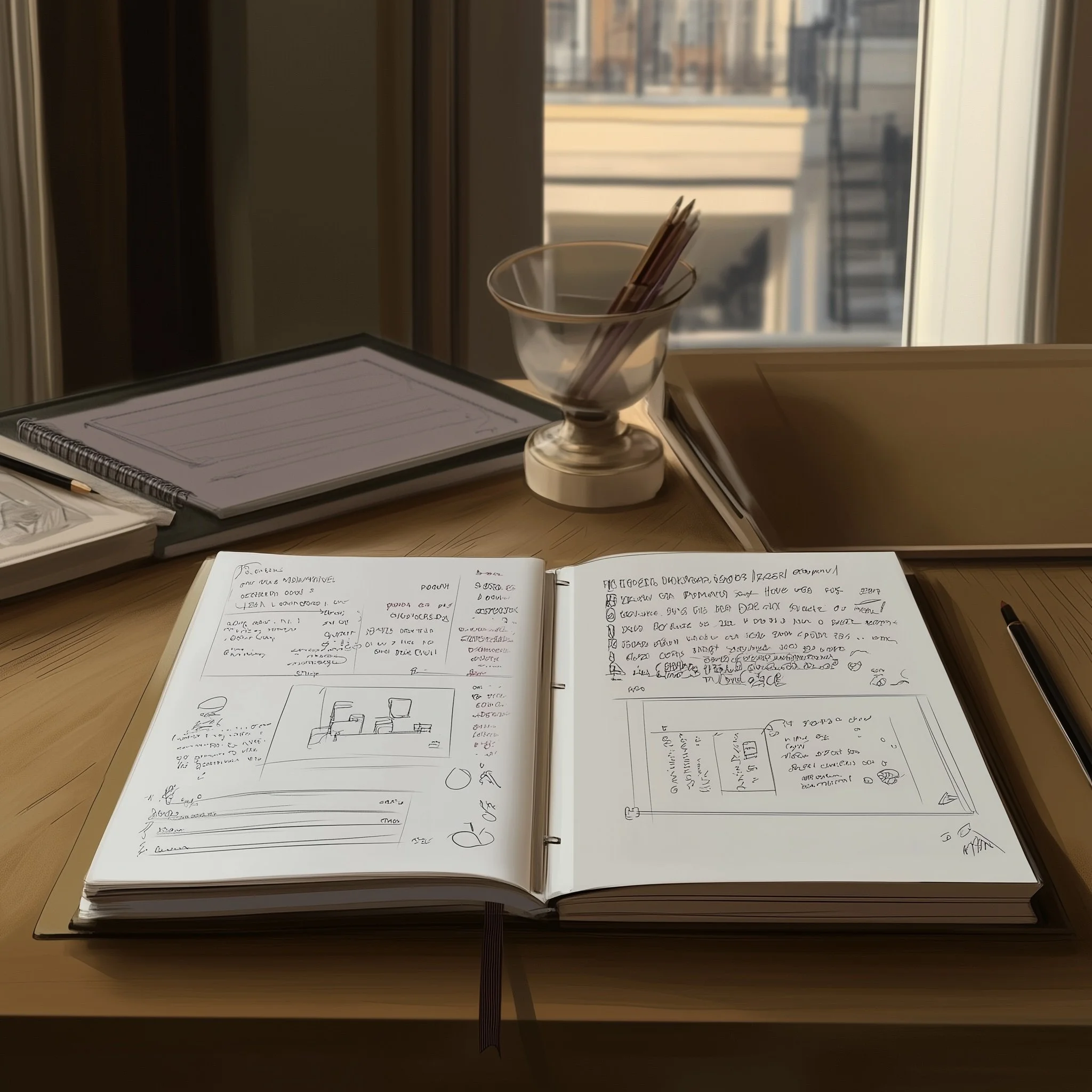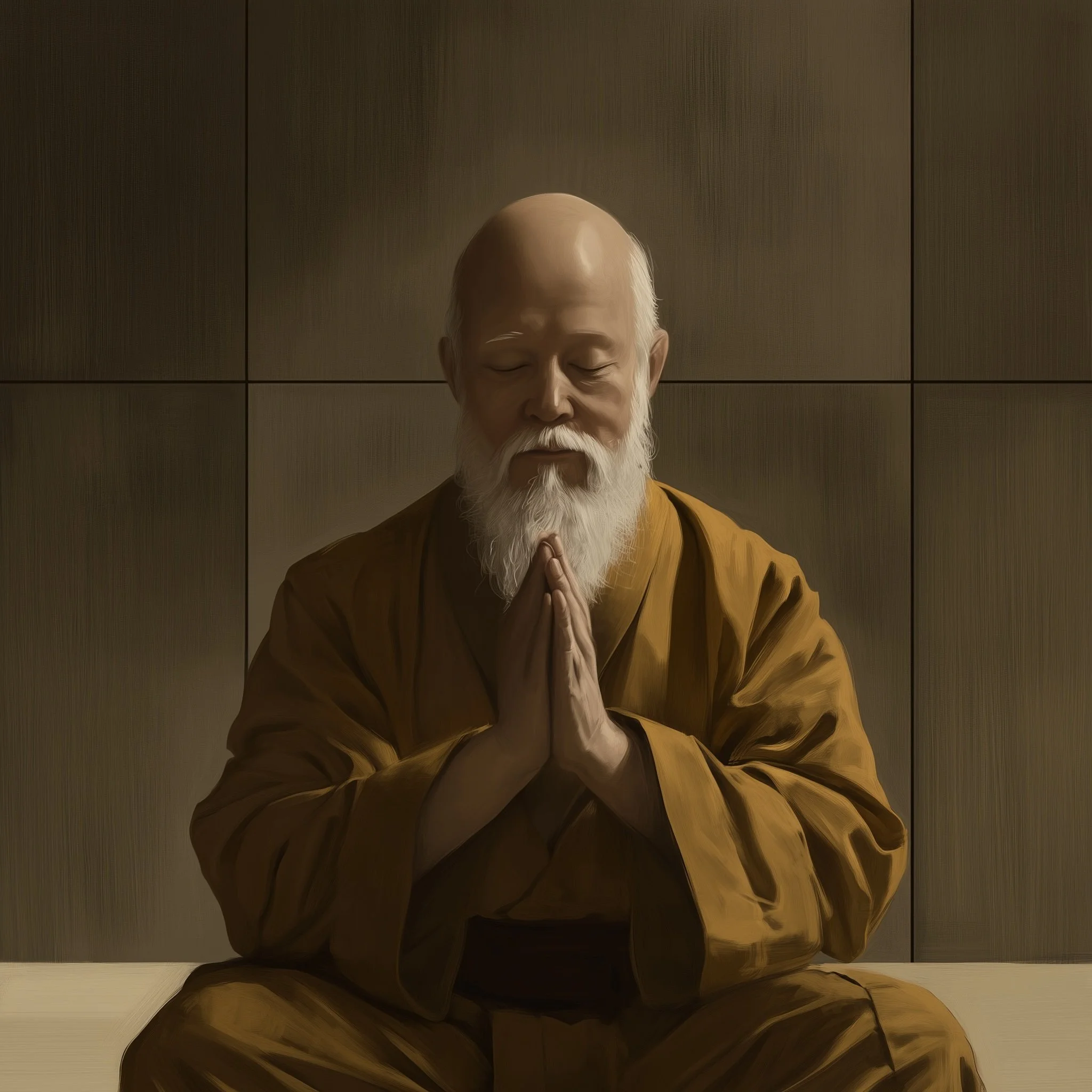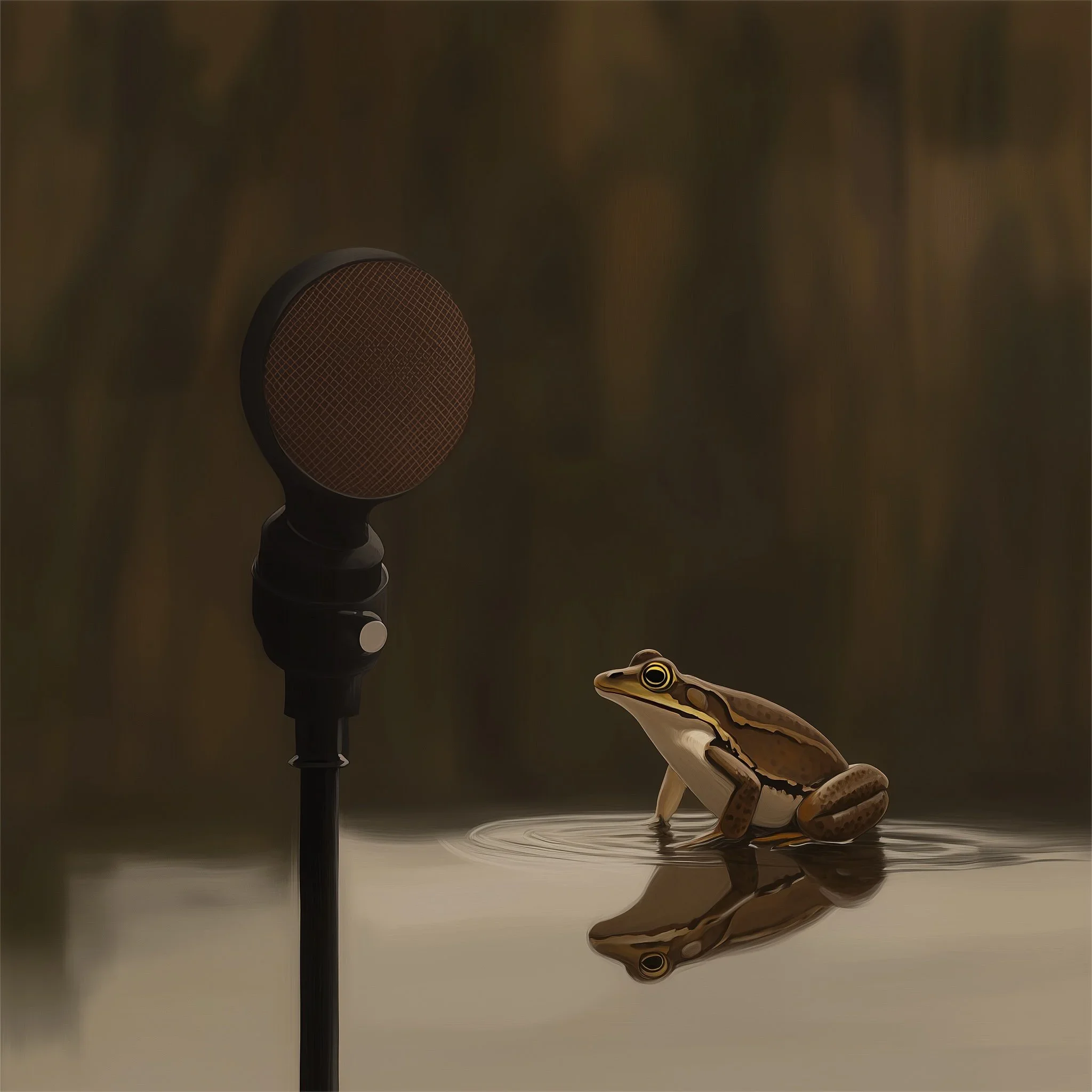THE DREAMER PROJECT
How it Works
From daily discipline to shared study, the Dreamer Project unfolds as a set of lived creative experiments—a living lab for testing consciousness-first reality.
Last updated: September 10, 2025Invitation
The Dreamer Project doesn’t ask for belief, only attention. It is less a path than a rehearsal in perception—a chance to lean into the question: what happens if mind comes first? What follows here isn’t a manual or a map, but a sketch of how the creative experiment unfolds in lived practice. Think of it as a set of openings you can step into, test, and leave provisional—until your own experience speaks.
-
Awakening is tested first in the self, then in the shared. These practices move between daily discipline and collective moments.
-
Not a system but a scaffolding. The Dreamer Project works through tuning—small shifts in perception tested with tools like the Compass, visualizations, and release—provisional steps that dissolve once clarity appears. Read more →
-
Sharing outputs, making inputs. The Dreamer Project works like a living lab: reporting through essays, shorts, and milestones while designing new tests in language and form. Each record is provisional, each practice a prototype—transparent, in motion, open to anyone who wants to try or question.
Jump here →
DISCIPLINE
Personal Practice.
Small experiments in perception—visualizations, concessions, pauses, releases—practiced until ordinary life itself becomes the lab.
1. Origins: Consciousness-First Principles
The Dreamer Project’s personal discipline begins with a hierarchy of first principles: what if mind is cause, and the world its effect? These premises form the scaffolding for direct perceptual training—not beliefs to adopt, but premises to try. They suggest that separation may be a habit of perception, not a feature of reality, and that awakening is less a leap of faith than a shift of vantage.
Explore the Consciousness-First Principles →2. Practices: Field Tests and Tools
Out of those premises come practical tools: tuning practices like We The Dreamer and Attune, frameworks for orientation such as the Four Cs Compass, and creative practices in visualization, release, and mantra. Each is designed as a design probe or field test, not a ritual—portable, repeatable, and provisional. They are less about mastery than about trying: adjusting attention, noticing what shifts, and recording the results.
Browse Every Test & Tool →3. Orientation: How to Approach This
This exploration is an up-layering, not a movement. It happens only in the present, renewed moment by moment. Side meditation practice may help, but it is not a requirement. Assuming consciousness is fundamental has consequences—it may even reframe free will as the choice to see yourself as Dreamer rather than Captive. The practice is quiet, not prophetic; reflective, not prescriptive. Metaphors may arise, but they need not bind. Your discoveries belong to you alone; others may test differently.
DISCIPLINE
Collective Practice.
If the world doesn’t happen outside us but within, then the many we meet are not truly separate—only appearances in the same mind, dreamed as many. In that case, awakening cannot remain private. The Dreamer Project tests what shifts when recognition is shared: when minds glimpse themselves as one, even for a moment, and let that vision guide reflection and action together. Through shared practices, collective dialogue, and larger-scale experiments, we explore what it means for awakening to be not just personal, but participatory.
1. Access: Shared Windows
The Dreamer Project’s personal discipline begins with a hierarchy of first principles: what if mind is cause, and the world its effect? These premises form the scaffolding for direct perceptual training—not beliefs to adopt, but hypotheses to test. They suggest that separation may be a habit of perception, not a feature of reality, and that awakening is less a leap of faith than a shift of vantage.
2. Community: Circles of Practice
Awakening may begin alone, but it deepens in circles. Groups gather—sometimes online, sometimes in a room, sometimes outdoors—to try practices together, to explore perception not as isolated selves but as one shared field. Exercises in attunement turn the space into a mirror: what one recalls, all recall. In dialogue, fresh tools emerge. In practice, relationships shift from “me and you” to glimpses of “we.” These circles are less about answers than about rehearsal—testing what happens when the Dreamer is recognized together.
3. Scale: Collective Dreaming
Beyond circles lie experiments on a larger scale. What happens when entire communities, schools, or networks test identity as shared mind rather than separate selves? The Dreamer Project seeds initiatives like a conscious development program—treating awakening not as an escape but as a curriculum for collective growth. These aren’t blueprints for utopia, but field explorations in real time: What patterns shift in culture, education, or society when many recall the same source? The question isn’t whether we evolve, but how far perception can carry us when the Dreamer remembers itself together.
HOW IT WORKS
The Method
The Dreamer Project is not a finished system. It is a method in progress, shaped by experiment. What unites it is a simple claim: if consciousness is fundamental, then it should not only change the way we see our lives, but our lives themselves.
A Living Exploration
This is not just an inward practice. It is an evolving study in creative consciousness — a process that, over time, may suggest patterns of benefit and open new ways of seeing mind. The method grows as the experiment continues.
Tuning
At the center is tuning: adjusting perception so that identity rests in the one mind dreaming reality. Practices like I’m/We’re The Dreamer reset orientation, while the Dreamer’s Compass helps assess the current mindset — captive, flâneur, alchemist, or dreamer.
Other Practices
Depending on state and situation, the method also draws on:
Visualizations that reframe how reality appears.
Releases that let thought-streams dissolve back into awareness.
Protocols like Premise or Open Mind, Open Space that ground and widen perspective.
Collective Practices
Because the experiment is about one mind appearing as many, it cannot remain an individual pursuit. The method integrates practices that pair or group participants so they can mirror, question, and extend perception together. Matching with another Dreamer amplifies the shift: when one remembers, both remember.
The Environment
Together these approaches form an environment — a set of tools for exploring the premise that consciousness comes first. They are provisional, adaptable, and subject to refinement as the work unfolds.
Long-term orientation
Less about immediate relief, more about gradually shifting identification toward One Mind.
Practice Families
The Dreamer Project’s method unfolds through three families of practice — each offering portable tools for testing the premise that consciousness comes first.
Explore the Practice Gallery & Field Tools →-
Thought-tools that soften judgment, fear, and identification with form.
-
Ways to track your state and reorient perception using the Dreamer’s Compass.
-
Practices that see through roles, stories, and conflict into shared mind.
Sharing outputs.
Making inputs.
Sharing Reflections
Observations are logged, not promised. The Project shares its reflections through playful short-form tests, long-form reports, essays, newsletters, and creative records of milestones. Think of it less as a finished archive and more as a lab notebook—transparent, ongoing, and open to anyone who wants to read, watch, or question.
Designing for Awakening
Every shift begins with design. The Dreamer Project works like a studio for perception: naming traps, reframing them in clear language, and prototyping small practices anyone can test. Some draw from nondual traditions—not as beliefs, but as inspiration—translated into secular tools for daily life. Others emerge from reverse-engineering: working backward from states of clarity and asking, “What conditions make this possible?”
Each design is provisional, like scaffolding. It stands only long enough to let awareness show itself, then falls away. In this way, design and philosophy merge: every practice is a creative experiment, every experiment a design gesture — a chance to see the world differently.
ABOUT THE EXPERIMENT
The Dreamer Project operates as a design-based inquiry into the nature of perception.
It borrows language from philosophy, psychology, and the arts, but it is not affiliated with any therapeutic, academic, or religious institution.
Its statements about a “consciousness-first” world represent hypotheses to be tested through direct experience, not assertions of fact.
META NOTES
This page is a living document. Last updated: September 10, 2025
Updates in this version: Clearer structure (Invitation, Discipline, Method), added collective dreaming, expanded tuning & practice families, included tech annotation, and polished flow.
This is just one doorway. Check out Practices and choose your next test.
BLOG / ESSAYS
Journal Annotations.
Where side notes become shared reflections.
Each annotation expands on themes touched here — from consciousness-first principles to the Dreamer’s Compass. They’re marginalia in the experiment’s notebook: occasional, interpretive, and meant to spark further thought rather than offer conclusions.
Browse Journal Annotations →

